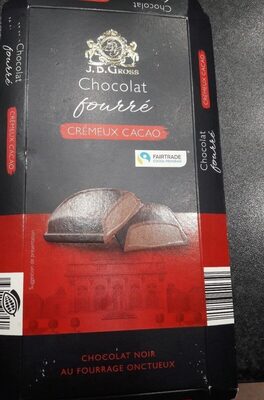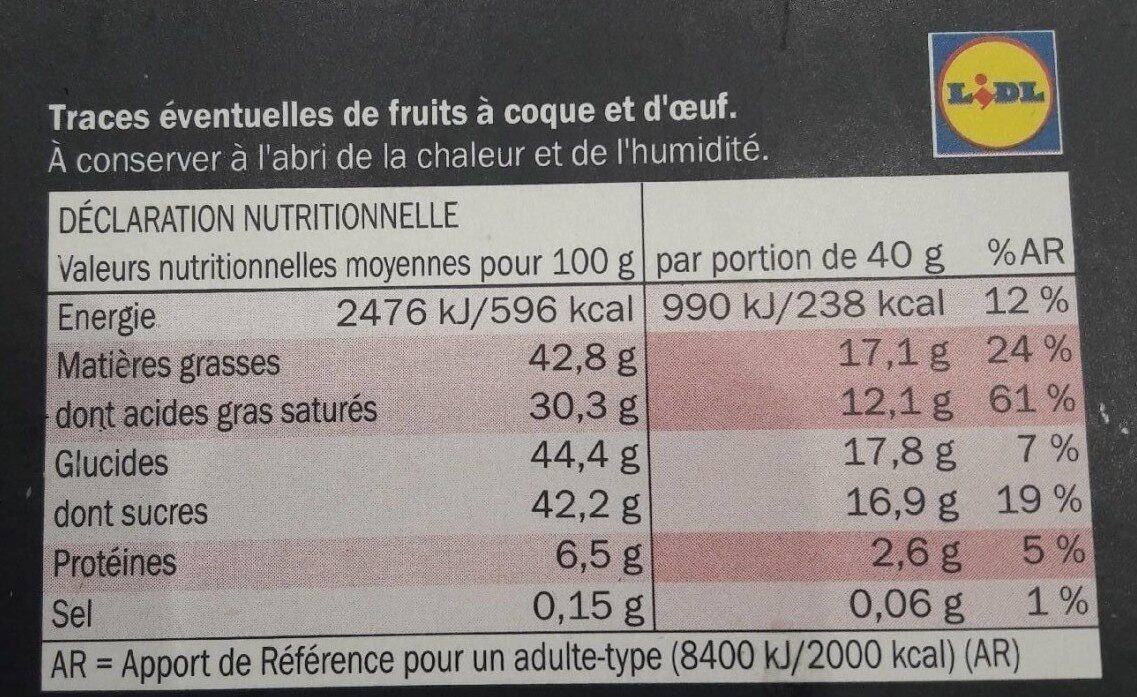Chocolat fourré - crémeux cacao - J.D. Gross - 200g
Ambiguous barcode: This product has a Restricted Circulation Number barcode for products within a company. This means that different producers and stores can use the same barcode for different products.
×
This product page is not complete. You can help to complete it by editing it and adding more data from the photos we have, or by taking more photos using the app for Android or iPhone/iPad. Thank you!
×
Barra-kodea: 20261139
Izen arrunta: Chocolat
Kopurua: 200g
Ontziratzea: en:Tray
Markak: J.D. Gross
Kategoriak: en:Snacks, en:Sweet snacks, en:Cocoa and its products, en:Chocolates
Dendak: LIDL
Matching with your preferences
Ingurumena
Ontziratzea
Transportation
Threatened species
Report a problem
Datuen iturria
Product added on by kiliweb
Last edit of product page on by packbot.
Produktuaren orria -gatik editatua autorotate-bot, dell22, elcoco, openfoodfacts-contributors, quechoisir, roboto-app, thaialagata, yuka.UnFrSEg3ZzdnZDB6bnM4ZnhoYlovSXN1NElTWllUL3VEckFqSVE9PQ, yuka.sY2b0xO6T85zoF3NwEKvlk0XD__Sq27AFy7ns1KIncavPIHMYowou4imNKs.
If the data is incomplete or incorrect, you can complete or correct it by editing this page.










